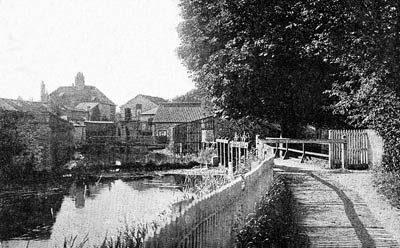 |
|
Mill and mill dam c.1924
|
|
Thetford
Bishop's Mill River Little Ouse |
 |
|
Mill and mill dam c.1924
|
|
Thetford Bishop's Mill stood on or near an ancient site where a mill had worked since before Domesday. In later years the flour mill was converted to a papermill that was built of Thetford grey brick under a tile and slate roof. In the 1700s - 1800s it was known as St Audrey's or Bishop's Mill. In 1879 the site was taken over by Thetford Pulpware, which went on to become a large concern with the factory covering several acres. |
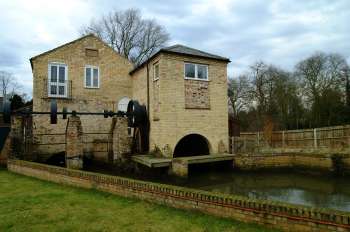 |
January 2003 |
|
...and of two mills the king hath
two parts and the earl a third. The king has two parts of a third mill,
and of those two parts the earl has third. |
|
...and two water mills, value £5. |
|
...shall make, kepe, and repare oon
of the saide breges lyeing on the king's water and ryver runinge from
the Castell mille toward the Pytmell, in the said towne... |
|
The town has several good inns, many well stocked
shops, an old established brewery, several malt-kilns and corn mills,
a tannery a foundry, and an extensive paper mill, the latter employing
about 50 hands in the manufacture of the finer sorts of paper. |
|
Re. ancient
maps: |
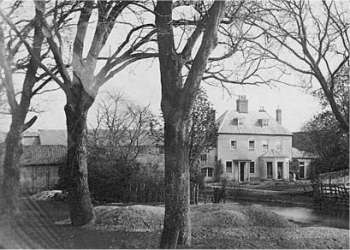 |
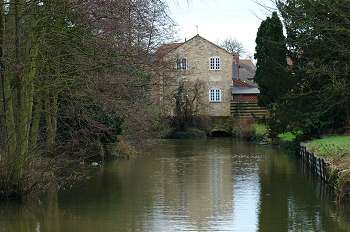 |
Part of the site c.1890 |
Headrace January 2003 |
|
1737 |
The original
sturgeon referred to above was killed in the Mill Pool of nearby Thetford_Mill on 7th April 1715 and
apparently was found to be measuring
7 ft. 8 in. in length, and 3 ft. 2 in. in circumference, and weighing
192 lbs. |
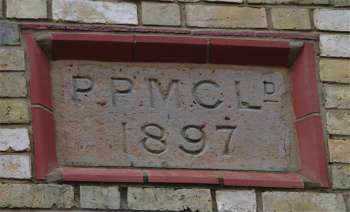 |
Patent Pulp Manufacturing Co Ltd stone plaque |
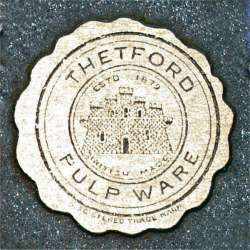 |
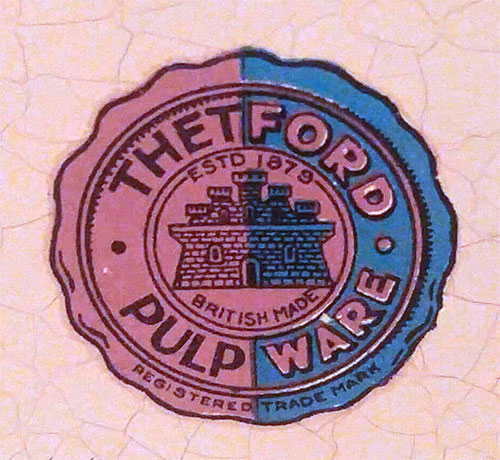 |
PPMC logo |
|
|
The earliest
reference to a paper-mill at Thetford is in 1735, among the correspondence
of the antiquary Francis Blomefield. St Audry's or Bishop's Mill in Thetford
had but recently been converted to the manufacture of paper, so Blomefield
was not sure that the local papermaker could meet his requirements. In
January 1735/6 he therefore journeyed to Thetford to see for himself.
The standard Thetford product was inferior to that generally on sale in
London, but the papermaker, Thomas Russell, nevertheless undertook to
produce a superfine English crown paper especially for Blomefield at six
shillings per ream. The historian therefore agreed to have eight reams
or more of it delivered to Fersfield within a month. |
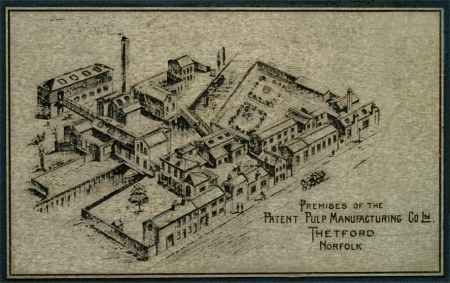 |
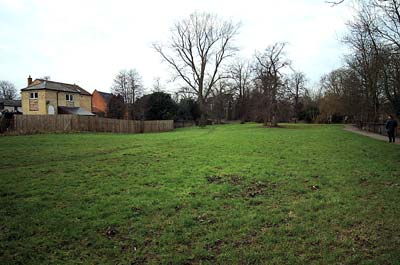 |
|
The
Patent Pulp Manufacturing Co occupied a large site in its heyday
|
The same site in January 2003 |
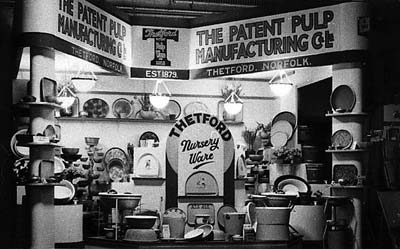 |
The British Industries Fair 1936 |
|
Jute sacking was pulped in the mill before being moulded into a variety of artifacts and then baked. |
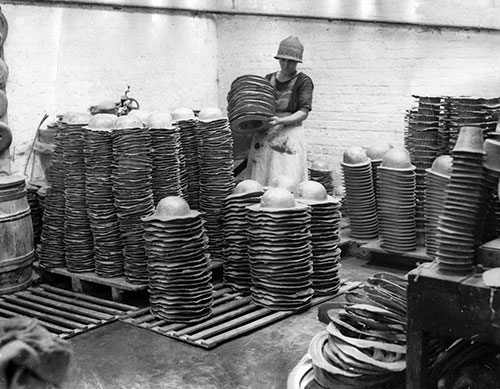 |
Pulpware hats ready for the drying rooms |
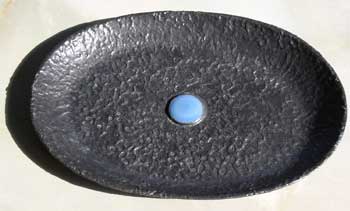 |
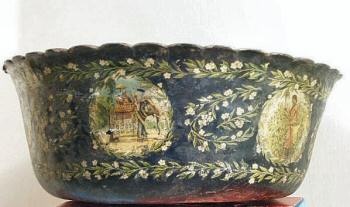 |
A pulpware platter |
A pulpware bowl |
The bowl above was handed down to the present owner by her grandmother. The diameter of the top of the bowl is 9¾ inches, it was probably made c.1920 and was hand painted. |
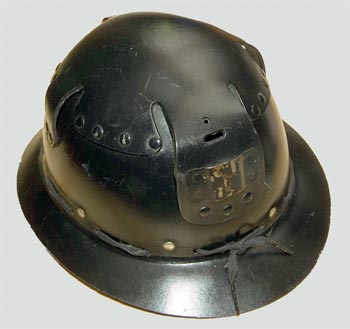 |
A pulpware child's miner helmet, in Germany Sept 2005 |
|
The Ancient House Museum in Thetford provided information that the helmet in the above photo was produced in the early 1900s and is helmet no. 106. |
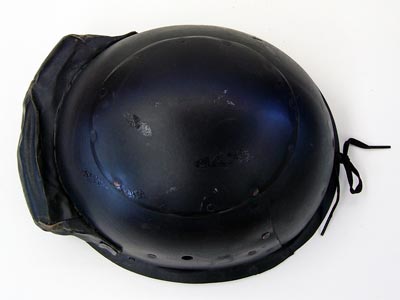 |
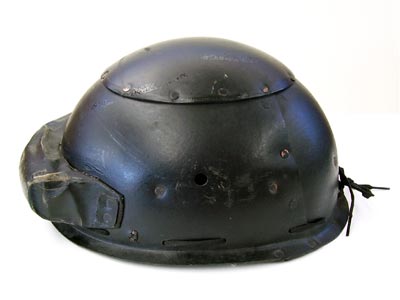 |
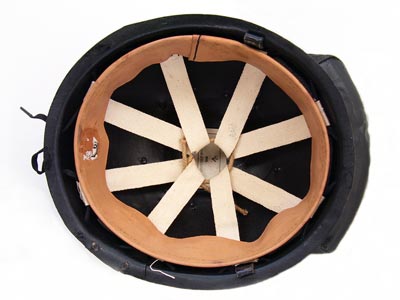 |
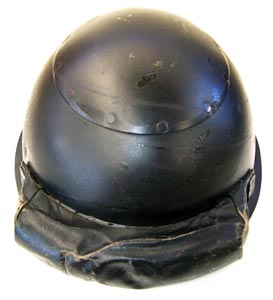 |
Pulpware 1942 World War II tank crew helmet |
|
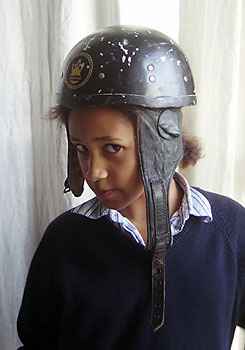 |
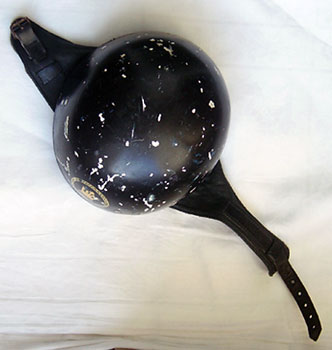 |
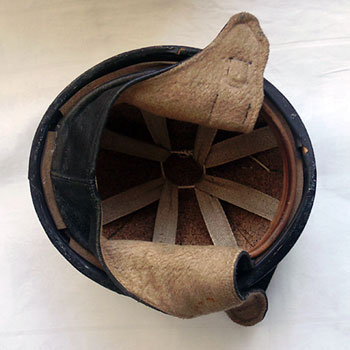 |
Pulpware crash helmet with hand painted Sunbeam logo c.1942 |
||
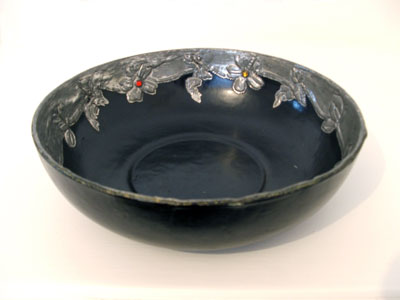 |
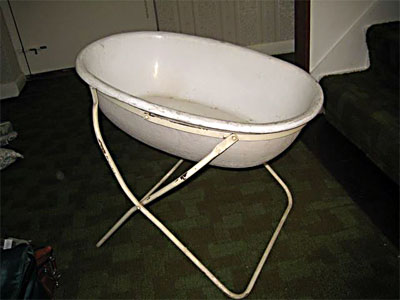 |
A pulpware bowl |
A baby bath |
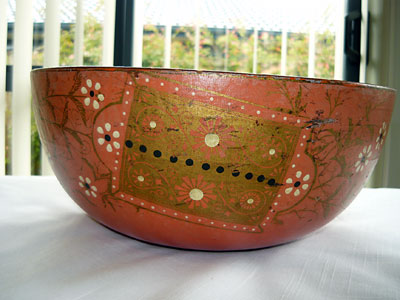 |
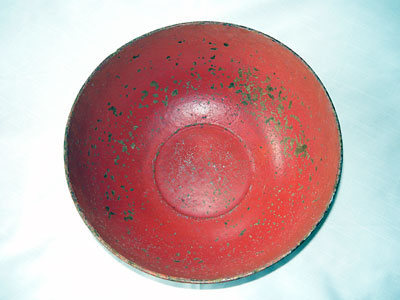 |
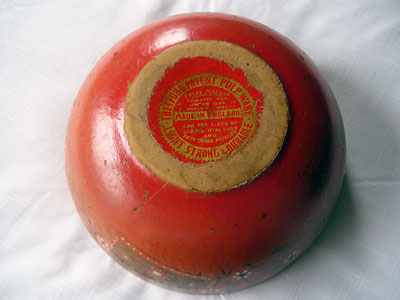 |
Pulpware bowl used as a sewing bowl in New Zealand |
||
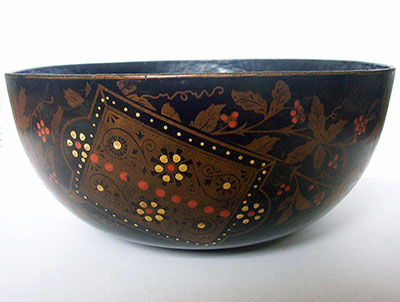 |
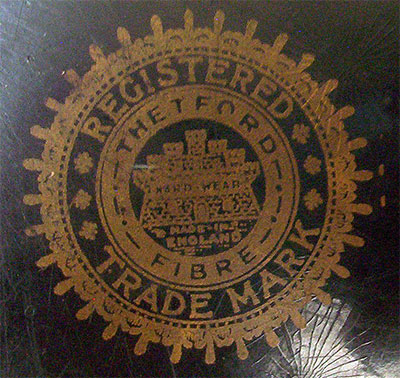 |
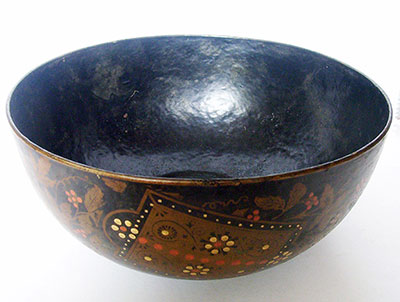 |
Pulpware bowl used in the Bellarmine Museum, Swaffham |
||
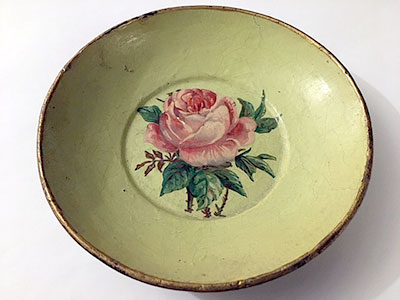 |
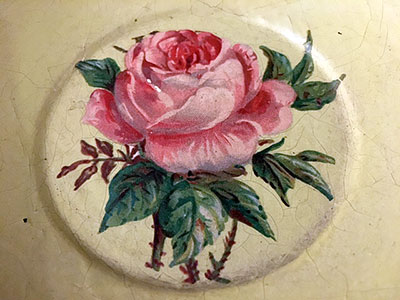 |
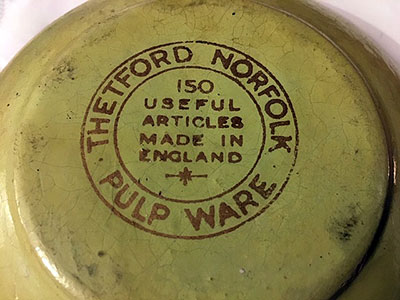 |
One of a pair of pulpware rose bowls residing in Norfolk |
||
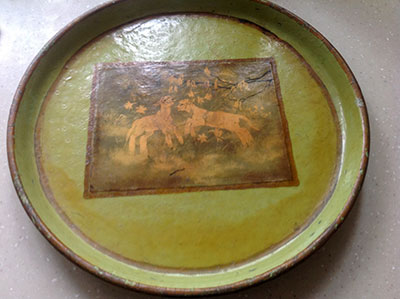 |
A pulpware tray with a painting of two lambs |
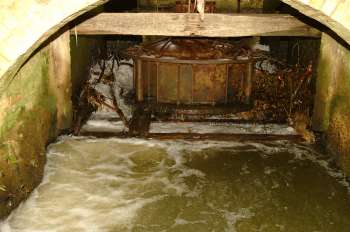 |
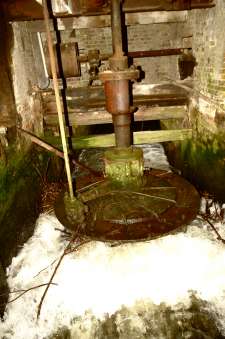 |
Mill turbine 26th January 2003 |
Turbine and drive shafts |
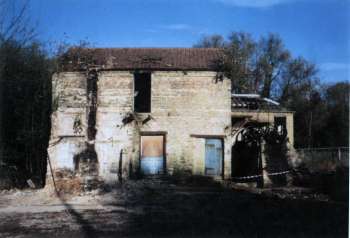 |
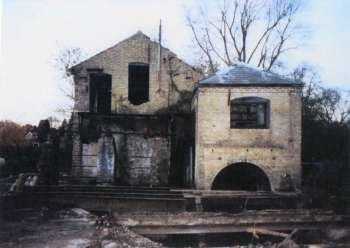 |
|
Lying derelict prior to conversion in 2000
|
|
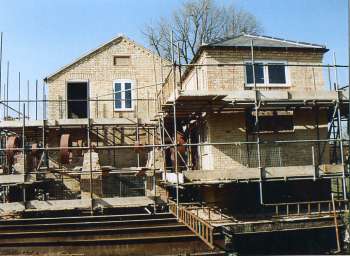 |
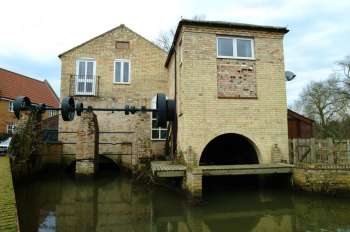 |
Renovation and conversion in 2000 |
26th January 2003 |
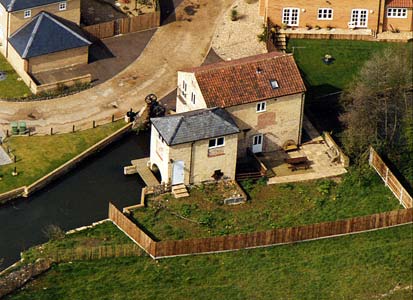 |
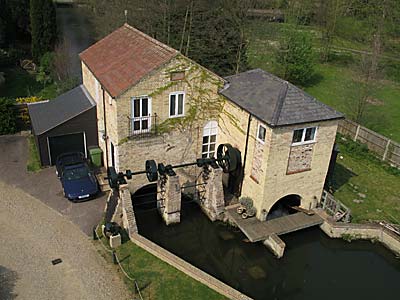 |
|
After
conversion 2002
|
15th April 2007 |
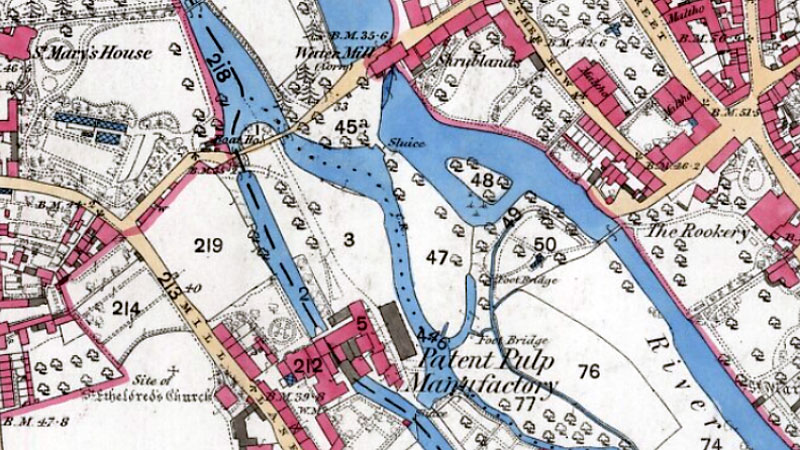 |
O. S. Map 1882 |
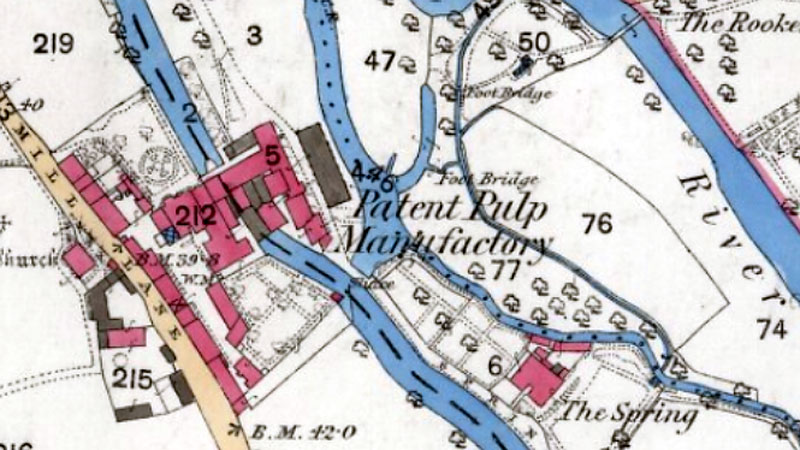 |
O. S. Map 1882 |
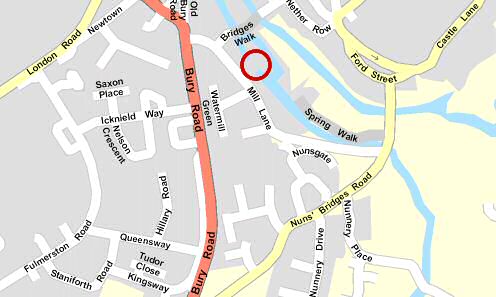 |
|
Map c.2005 |
|
A mill bedstone sunk into the lawn near the road is etched with the date 1913. |
|
1735: Paper
mill first mentioned by Francis Blomefield. Thomas Russell - papermaker
c.1955: Mill closed |
If you have any memories, anecdotes or photos please let us know and we may be able to use them to update the site. By all means telephone 07836 675369 or
|
| Nat Grid Ref TL 87028270 | Copyright © Jonathan Neville 2003 |